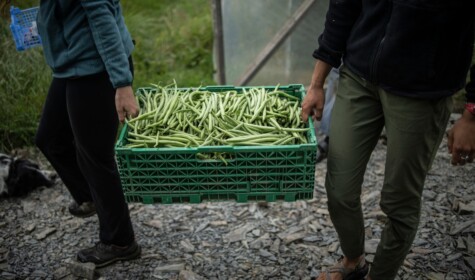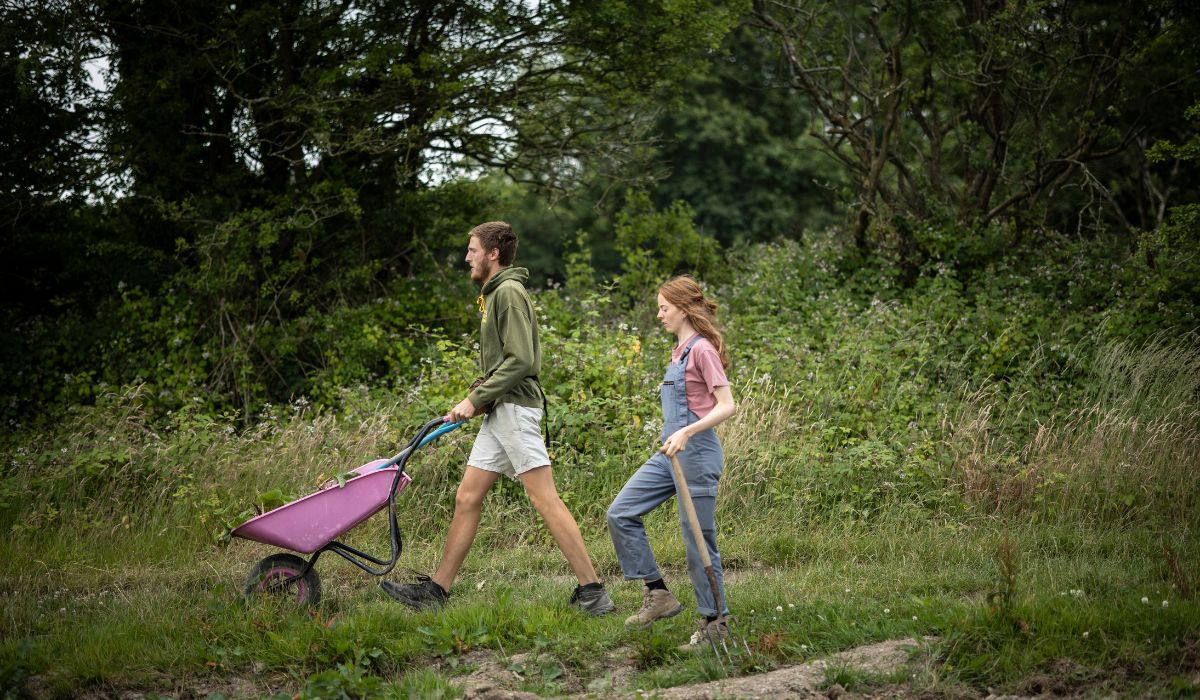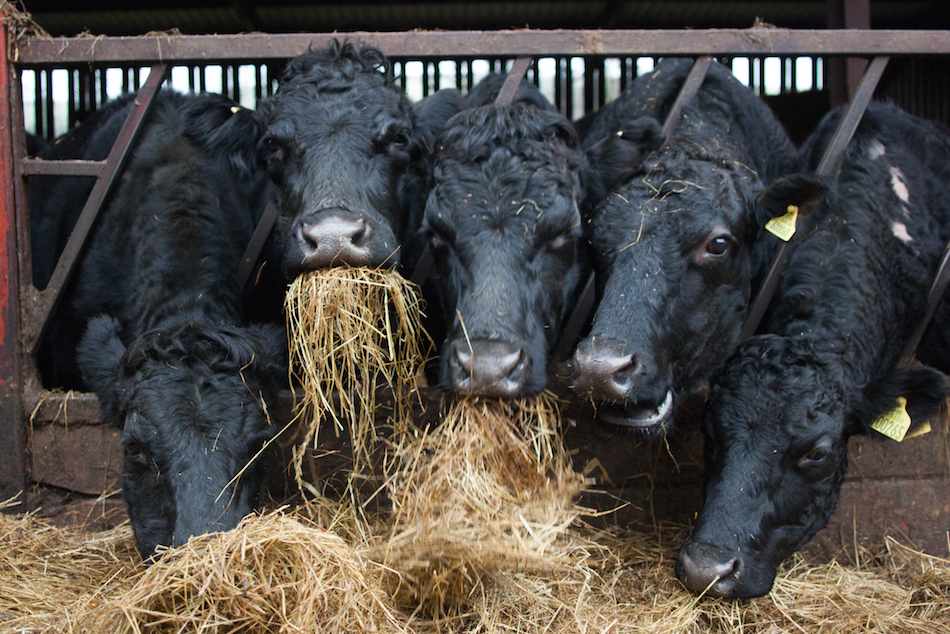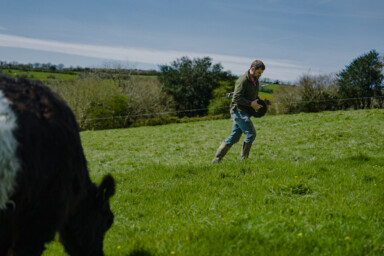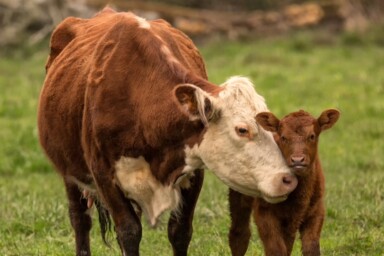Share farming in New Zealand
Share farming is common in New Zealand, especially in the dairy industry where it accounts for 29% of farm operations. ‘Sharemilking’ provides a legal framework that allows the landowner and share farmer to divide the income from an enterprise, based on a percentage calculated according to what each is contributing to the set-up. Each arrangement is different, based on the land, the infrastructure, the livestock and the labour input from each party, so it’s a flexible model that can be adapted to a multitude of situations.
The sharemilking model also provides a route of progression, where a new entrant farmer will often start out either in what’s known as a ‘lower order’ sharemilking or contract milking arrangement, where the farmer owns the land and the herd, and the sharemilker handles the labour (including employing staff). In contract milking, the sharemilker receives a set price per milk solids produced (milk solids are how the output is measured, since a majority of dairy is exported as dried milk powder). In the lower order arrangement, the sharemilker receives around 20% of the total income (known as the milk cheque), dependent on what the current milk price is. Contract milking offers lower risk, but also lower income potential, however, it still incentivises the sharemilker to increase production on the farm. It is also possible to set up a hybrid arrangement, where the core costs of the business (such as staffing and utilities) are paid for by the landowner, and in addition to their wages received as part of these core costs, the sharemilker receives 5-10% of the milk cheque.
Most sharemilkers don’t stay for long on a single farm, as they progress onto larger farms at the end of each term (usually three years in length). Some farms will also allow the sharemilkers to raise excess heifer calves from the farm in order to begin to build their own herd. When they have either been able to grow their herd sufficiently or have saved enough money to buy a herd, most sharemilkers will look for a small ‘50:50’ sharemilking arrangement, where they own the herd and are responsible for the labour on the farm, receiving approximately 50% of the milk cheque in exchange.
Over time, many sharemilkers will again look to grow their herd and progress to larger operations, often aiming to save the money (both as cash but also in the capital of their herd) allowing them to eventually buy their own farm or buy into an equity partnership. As an example, after 13 years in sharemilking, Rob and Mel Van den Brands have reached a point where they are debt free on a 750 cow, 50:50 sharemilking set up, and they are looking to scale down to around 300 cows and use the profits from the sale of the rest of their cows to buy a small farm (with a mortgage).
There are non-dairy share farming examples in New Zealand, but they are less common. On the South Island, Andy Tripp set up a share farming arrangement on his beef and lamb farm that includes a sheep stud. He wanted to step back from the day to day running of the operation and found offering a share farming agreement allowed him to attract a much more skilled, experienced and dedicated staff member than when he was looking for a farm manager. Over time, Andy is stepping back further from the business, handing over more and more responsibility to his share farmer in exchange for the share farmer receiving a larger percentage of the income.
Share farming in the UK
There are a small but growing number of share farming arrangements in operation in the UK. Stream Farm, a 250-acre farm in Somerset, was established in 2002, based around a share farming structure. The central business owns the farm and infrastructure, with a range of nine businesses operating from the land under share farming arrangements, including a beef operation, lamb operation, chickens, pigs, eggs, trout and more. The produce is all marketed, sold and distributed under a common core brand. Their sharefarmers take full responsibility for their operation, but there is also cooperation and support when one enterprise requires additional help at key times of the year. The sharefarmers usually stay for a couple of years while they learn the practical and business skills required to run their enterprise, and over 25 sharefarmers have passed through the farm since they began.
